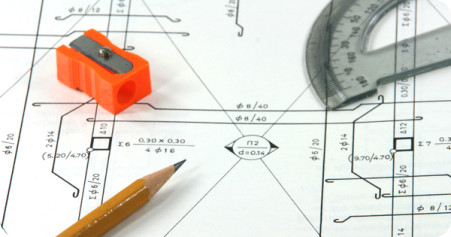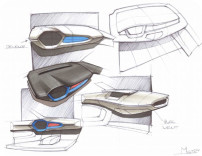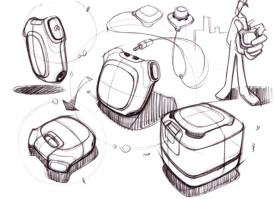Address
304 North Cardinal St.
Dorchester Center, MA 02124
Work Hours
Monday to Friday: 7AM - 7PM
Weekend: 10AM - 5PM

Before starting, the designer must have a complete list of questions about all the requirements which must be filled by the product. Typical questions are:
 The more questions asked and fully and correctly answered before the start of the design work,the easier will be the actual designing process. Using the answers to these questions will greatly reduce the design work. it should also be made clear to the persons (the client or the boss) who can supply the answers that these questions are not asked out of idle curiosity but because the relevant answers can have an important, even decisive, influence on the design. There is nothing as embarrassing as finding out halfway through a design project that some of the given requirements or answers to these questions were wrong or incomplete, or that some key or even lesser requirements were overlooked or their importance was not fully appreciated.
The more questions asked and fully and correctly answered before the start of the design work,the easier will be the actual designing process. Using the answers to these questions will greatly reduce the design work. it should also be made clear to the persons (the client or the boss) who can supply the answers that these questions are not asked out of idle curiosity but because the relevant answers can have an important, even decisive, influence on the design. There is nothing as embarrassing as finding out halfway through a design project that some of the given requirements or answers to these questions were wrong or incomplete, or that some key or even lesser requirements were overlooked or their importance was not fully appreciated.
After the need for a new (or revised) product has been justified and all requirements have been established by answering such questions are usually a number of design possibilities which can be immediately excluded for not fitting some of the above requirements. But, there are still a large number of solutions possible which all could be acceptable,
This is where the difference between a poor, a mediocre or a good designer becomes clearly evident. A poor or mediocre designer will, as a rule,contemplate the problem, then jot down the first passible or practical solution that comes to mind and continue to elaborate on it. This designer may be right in choosing the first solution, but, historically, this is seldom the case.
A good designer will contemplate several or sometimes a large number of different possible design solutions for any problem, and scrutinize each of them, to determine whether they all satisfy the answers to the questions asked. A good designer will also consider whether some portion of certain ideas in one layout or sketch could be joined with portions of some other sketches or ideas, to improve them, before settling on any one specific design.
It is also the mark of a good designer that he or she will unhesitatingly submit ideas, sketches and drawings to peers, a supervisor, or others who might have to contribute to the design and who could challenge the proposed It Is a common experience amongst  designers that it is very difficult to spot one’s own mistakes, while it is surprisingly easy for somebody else to pick out any errors in concepts or in the delineation, and/or to come forward with new ideas after somebody else’s drawing has been viewed. It is a well-known fact that the “second shot (by others) is always easier. Comments should never be considered a personal slight or a “nasty criticism,
designers that it is very difficult to spot one’s own mistakes, while it is surprisingly easy for somebody else to pick out any errors in concepts or in the delineation, and/or to come forward with new ideas after somebody else’s drawing has been viewed. It is a well-known fact that the “second shot (by others) is always easier. Comments should never be considered a personal slight or a “nasty criticism,
The methods of cooperative design using “concept” and “design” reviews is test way to arrive at a good product. These concept and design reviews may at first appear cumbersome and time consuming .however experience has proven again and again that this method is faster in the long run and yields better results (better designs) than any other method. Because it does catch conceptual errors early in the project and takes advantage of the fact that several heads are usually better than one when it comes to creative ideas and their executions.
This does not mean that the original designer should do a hasty or sloppy job since .After studying the underlying requirements, a good designer will initially come up a number of ideas and can then defend the rationale behind each idea presented and argue the validity of suggestions and criticisms by others- However, the designer must have an open and receptive mind and not be “defensive” while his or her designs are scrutinized or even condemned.
Presenting designers have often been disappointed or discouraged after hearing criticism from others, while fighting for their own ideas. In the long run, however, they will become much better designers who will have teamed what matters in creating a good design.
In larger industries where a number of designers are available to do similar projects, it is common practice to alternate new projects between these designers and to have them all actively participate in design reviews, even if they are not the “lead” . Again, this will be to the benefit of all designers and, ultimately, to the project and the company.